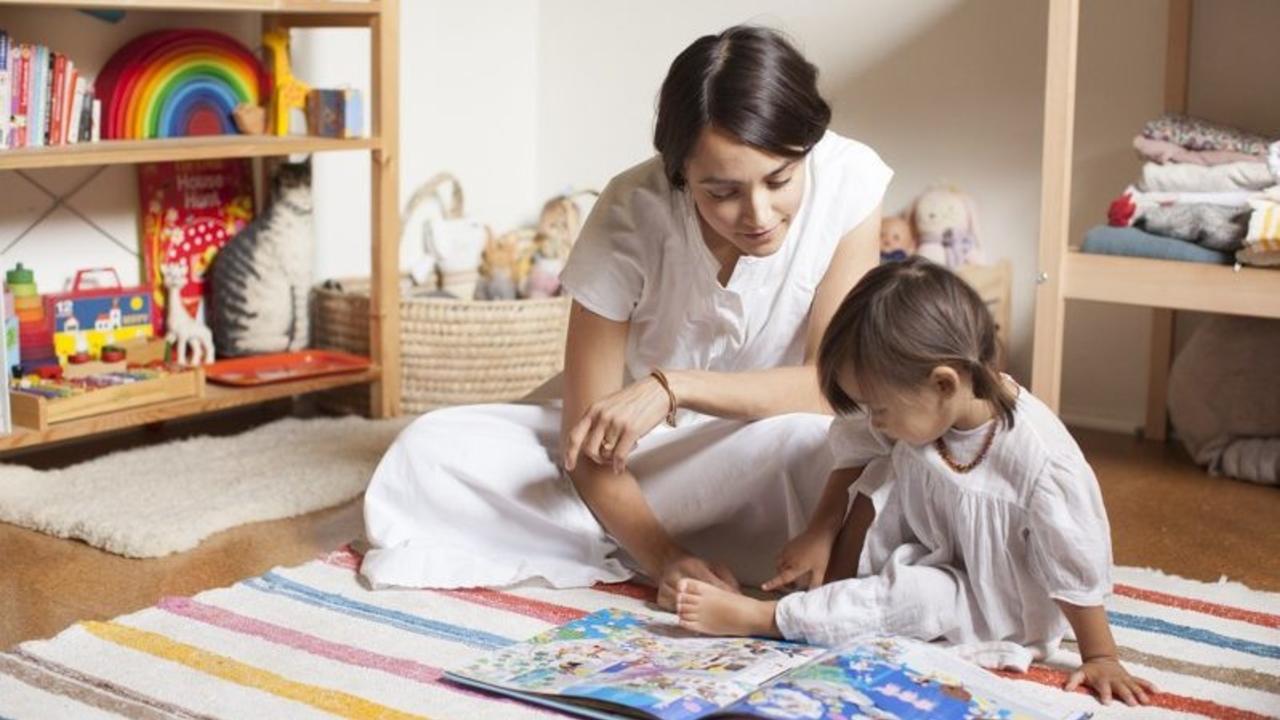INTRODUCING A SECOND LANGUAGE IN A SINGLE LANGUAGE FAMILY

When it comes to teaching your children foreign languages, one of our favourite things to do is dispel the myth that it is impossible to teach your own kids, especially if you only know one yourself. This week, we bring to you an article from one of our favourite Mum blogs – Babyccino Kids. We know you’re going to love them and enjoy the practical tips on how to introduce a second language in a single language home! Feel free to share your tips on how you outwork this in your home in the comments below! Enjoy! x

Over the years, I have received a few requests to explain how it is possible that all four of my children speak English, even though we live in the Netherlands, we solely speak Dutch at home, and, from the age of four, they attend public Dutch schools like all other Dutch children. Our children speak and understand English — maybe not fluently like a native English speaker, but they can follow and initiate conversations on a very functional level without problems. So here’s what happened.
My husband and I are both Dutch, born to Dutch parents and raised in typical Dutch villages in the south of the Netherlands. We met through mutual friends when I was in the final year of my study in Delft, and less than a year later we moved to New York together, the beginning of a 7-year adventure of living abroad in three different countries.
Sara and Pim were born when we lived in England, and by the time we moved to Amsterdam, Sara was 2 years old and spoke both Dutch and English. At the time we weren’t sure if we would stay in the Netherlands, so to keep all options opened we entered Sara in the nursery of the British School of Amsterdam when she turned three.
She stayed there until she turned four and then started a Dutch primary school here in the neighbourhood. The reason for this was very much a financial one — Dutch schools are state-funded whereas the British school is a private tuition with steep yearly fees.
That year in the British school was so much fun for her, with so many great activities for a three-year-old, that we have repeated this for all of our children (Casper is currently attending the nursery of the British school — he will start the Dutch primary school in the fall). So what we (sort of accidentally) have done, is to make use of the fact that the British school offers a nursery from the age of three, whereas Dutch schools start at the age of four. The private fees that we pay in that bridge year we would have otherwise paid to the Dutch daycare, so financially it didn’t make much difference. And the big bonus is — they all got a really nice kickstart in English! So this is how we activated their second language.
To sustain their English, we have done a few things: we have always worked with English speaking nannies or baby-sitters; we let the children watch un-dubbed (English spoken) films, and even though we don’t speak English to our children, we do read to them in English (for instance, I’m currently reading Harry Potter to the bigger children, and I do so in English).
The result is, that our kids continue to speak and understand English pretty well. I actually have also noticed that they picked up written English quite easily as soon as they could comfortably read in Dutch. What also helps their language development is meeting up with our English speaking friends. Like last summer, we spent a week camping with Emilie and her girls, and the children were super comfortable speaking English all day.
So here you go, this is what we have done, and it seems to work. Do you have any tips about introducing a second language in a single-language family? If so, please do share, we would all love to hear!
xxx Esther
Now You're 1 Step Ahead on the Kids Language Adventure - Here's How You Can Keep Going!
2. Join our Free 5 Day Kids Language Challenge.
3. Watch my Free 4 Part Video Series Workshop + Get Confident about Giving Your Kids a Headstart!
✨ Psst... When you're ready, here are a few ways I can help you get started with teaching your kids a foreign language at home...
1. Download my free 10 Page Guide for Parents to help you see how easy introducing a foreign language at home can be - especially if you don't speak the language at all.
2. Want a plan to run consistent language lessons that are fun and easy?
Access your first week of play based foreign language lessons for FREE here, all that's left is to select your language + start today!
3. Looking for a 12 month, step-by-step plan and play based resources to help you introduce a language to your little ones with EASE? Quit scrolling on Pinterest and Join our 12 Month Annual Lesson Bundles to get everything you need to started and KEEP GOING!
GRAB OUR FREE 'KIDS LANGUAGES MADE EASY' GUIDE
FOR NON-NATIVE PARENTS!
Discover how you can run consistent language lessons, that are fun and engaging and help your kids make the progress they deserve!
Even if you're not fluent!
We hate SPAM. We will never sell your information, for any reason.









